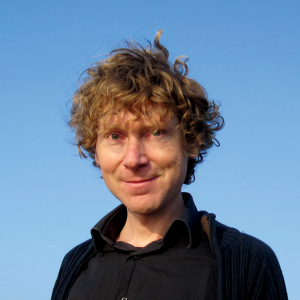Prof. Clive Oppenheimer

Although significant progress has been made in estimating the contribution of volcanic activity to the atmosphere nowadays, a number of uncertainties still persist, which prevent a rigorous estimate of the strength of the volcanic source, in particular relative to those anthropogenic. Halogens, in addition to CO2 and sulphur, are climate affecting species, with potential severe impacts on tropospheric and stratospheric ozone, but their overall behaviour in magmas is poorly known. The aim of this project is first to acquire experimental data of the solubility and partitioning of halogens and sulphur between fluid and silicate melts, and to apply these to estimate the bulk content of F, Cl, Br and S of alkali rich magmas which are prominent players of volcanic degassing. The second step is to model the degassing of such ascending volatiles-bearing magmas using numerical codes in which the chemistry and physics of degassing are coupled, in order to quantify the amount and speciation of halogens and sulphur that reach the open atmosphere during volcanic eruptions. Comparison between model output and remote sensing data obtained on active volcanoes will allow to check the model performances. Then numerical simulations of mixing between the volcanic plume and the overlying atmosphere will be performed using an atmospheric chemistry model. At last, these figures will be used to evaluate, using a statistical procedure, the global average input of halogens and S to the atmosphere, considering various times scales, from a few decades up to millenia, using available constraints on the frequency of volcanic eruptions (ie, ice cores, tree rings, and geological constraints).
